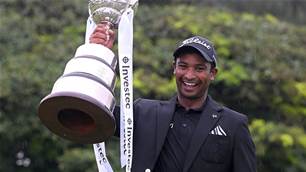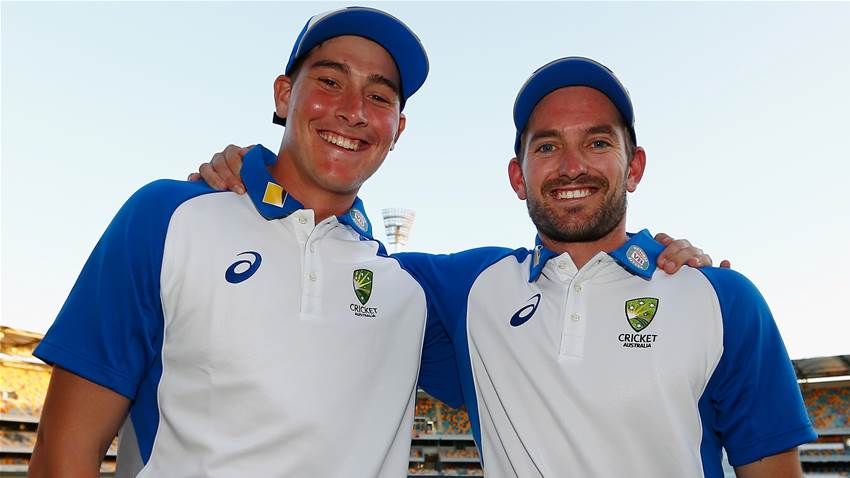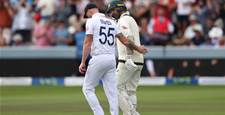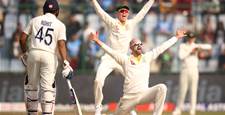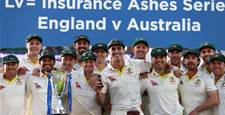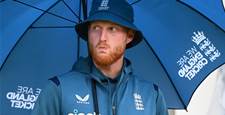The dead rubber at Adelaide is one of the most pivotal in Australia's cricketing history. The players need to restore the dwindling faith of the Australian public and save the country's pride by stopping a Proteas whitewash.
They say that after darkness comes light, after failure comes success and after rebuilding comes stability. Australian fans will be craving this to happen as Australian cricket ushers in a new era of rebuilding, their fourth since the demise of great Australian team of 2008-09. That era ended the careers of greats like Matthew Hayden and Brett Lee. The second in 2010-11 saw an Argus review and wholesale changes, while the third in 2013 came following a humiliating loss in India. It included the homework gate scandal which led to the sacking of coach Mickey Arthur before the 2013 Ashes, a period when Australia lost seven of nine tests.
But things never looked so bad on those occasions, apart from the Ashes in 2010-11. Australia had held things together with some of the big names. In 2008 Australia had a great team which lost after 16 years of dominance at home . It brought lot of changes and new players like Peter Siddle, Marcus North, Nathan Hauritz, Phil Hughes and Bill Hilfenhaus. The 2010 Ashes loss brought players like Usman Khawaja, Nathan Lyon, David Warner, Shaun Marsh, Pat Cummins, James Pattinson and Mitchel Starc. However, these players failed to achieve the consistency of past teams despite working for many years to keep Australia among top three teams in the world.
The 2013 crises forced Australian selectors to change coach and bring in players like a then 35-year-old Chris Rogers after Hussey and Ponting retired. However, none of those occasions can match the crisis of 2016. Australia have not only been losing but they don't seem to have the stomach to fight .The problem is not the losses but the manner in which Australia have crumbled. In Sri Lanka they lost to a team which was itself considered in transition which led to the current woeful series against South Africa.
With an Indian tour on horizon, one must wonder how these guys will fare against a team best suited to their conditions. Therefore it is necessary that Australian cricket take stern steps to return to their original policy of blooding youngsters. Those who don’t have scars of defeats or baggage of the past. Australia have ushered in another transition in a new era era which gives hope that Australian cricket can be strong once more.
There is no doubt there is still lot of uncertainty in Australian cricket and everyone right from legends to amateurs are voicing their opinions of how to resurrect things. But the best thing to happen from the current downfall is that Australian selectors have returned to their original policy of blooding youth.
It is the same policy which saw some of the best players blooded at an early age which led to Australia's dominance from 1995-2008. Players like Warne (22), McDermott (19), Steve Waugh (20), Ian Healy (24), Damien Martyn (21), Langer (22), Slater (23), McGrath (23), Hayden (22) and Gillespie (21) who were all raw and young. They were given a chance and went on to form one of the greatest Australian teams in history.
Ricky Ponting was given an opportunity before he turned 21. Throwing raw talent into international cricket was the mark of Australian selectors, a policy which was drastically changed by the remarkable success of Michel Hussey who played his first test at 30. Since then, Australian selectors have preferred to pick older players, the same policy for which English cricket was mocked for in the 1990s.
Hussey (30), Brad Hodge (31), Marcus North (29), Stuart Clarke (30) Graham Manoue (30), Ryan Harris(30), Ed Cowan(29), Rob Quiney (30), Bailey (31) and Adam Voges (35) were all given chances late. Bryce Macgain was given his chance at 37. And while players like Hussey and Harris were a success, you must wonder what they could have achieved had they started at 23 or 24.
All this suggests the current turmoil is not as bad as it seems and has at least forced Australia to return to their youth. When debutants Matt Renshaw, Peter Handscomb and Nick Maddinson play their first test on Thursday, they will not only try to prove themselves, but attempt to win back the faith of Australian fans.
Australia have never lost so much cricket in all three forms like they have this year. The new generation have a responsibility to take Australian Cricket forward now. A lot of people say there is lack of talent, but does a country of Australia's calibre suddenly lose its pool of talent?
The same was said two years ago when India lost to England, their fourth consecutive series. Today they are No.1. Similar concerns were raised when South Africa lost in India and at home against England.
We have to stop treating Australia the way we have. We have to be brave enough to give them a go when they are young and fearless. Remember players like Steve Waugh and Justin Langer had an average of only 40 when they played their first test. This is the reason why it was great that Australia lost the test series against South Africa because it made the system self-reflect and forced selectors to end the policy they have been following for more than 11 years.
This is the reason why the November 24, 2016, will go down as one of the most crucial days in Australian Cricket history. A day which could take Australian in the right direction and lay the foundations for a successful future.
Related Articles
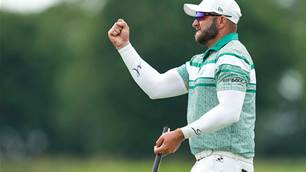
Burmester claims LIV Golf Chicago in three-way playoff

Playing From The Tips Ep.112: PGA Championship
